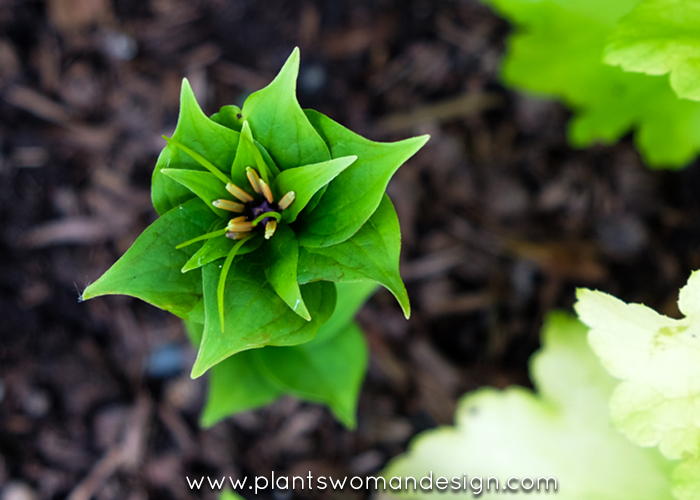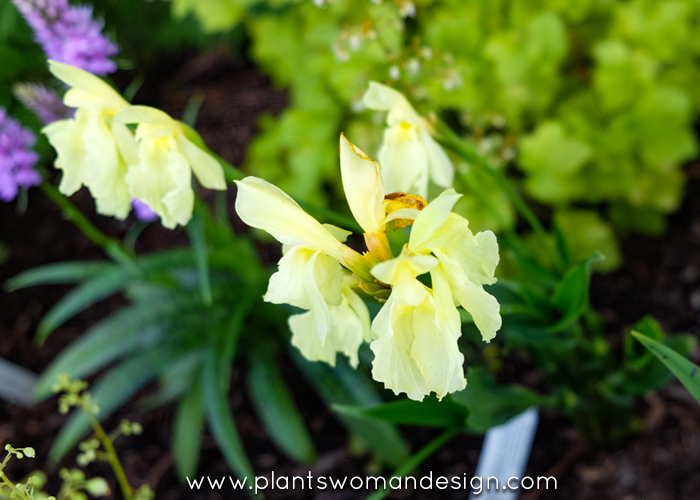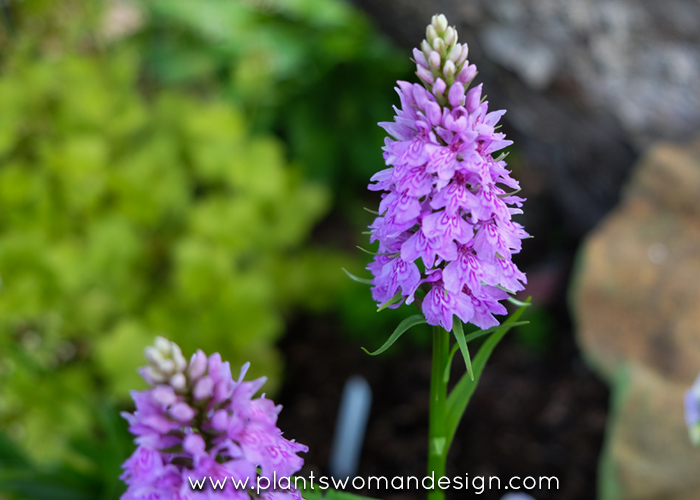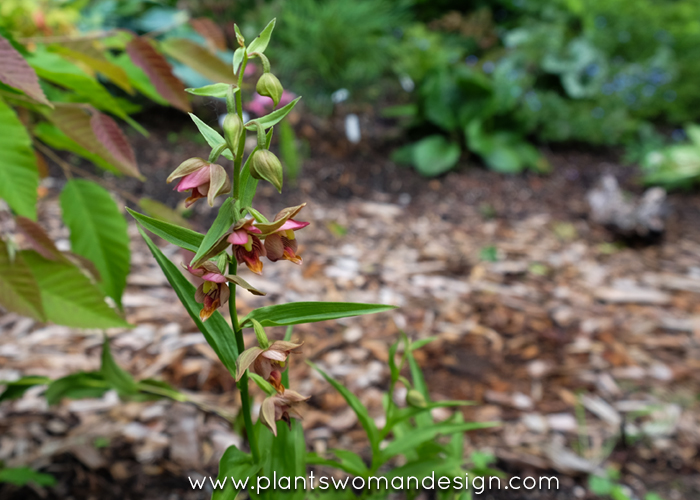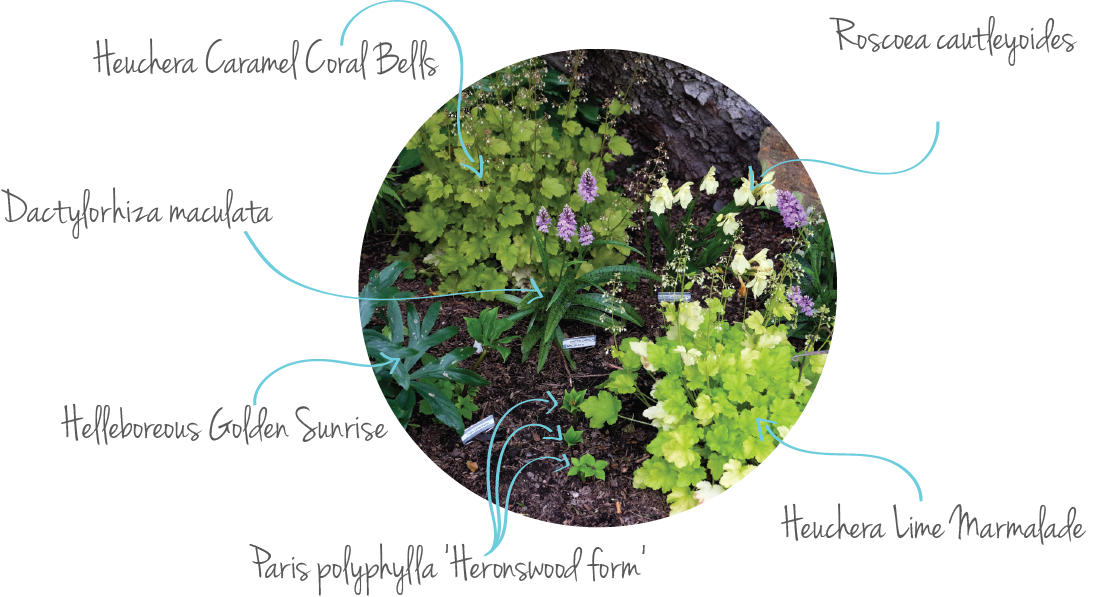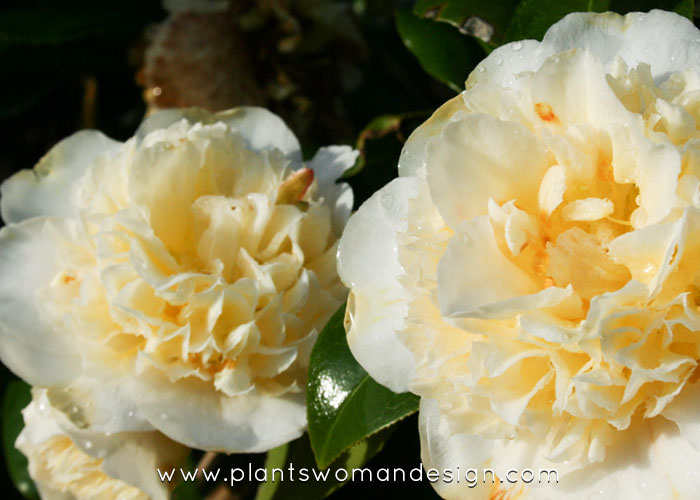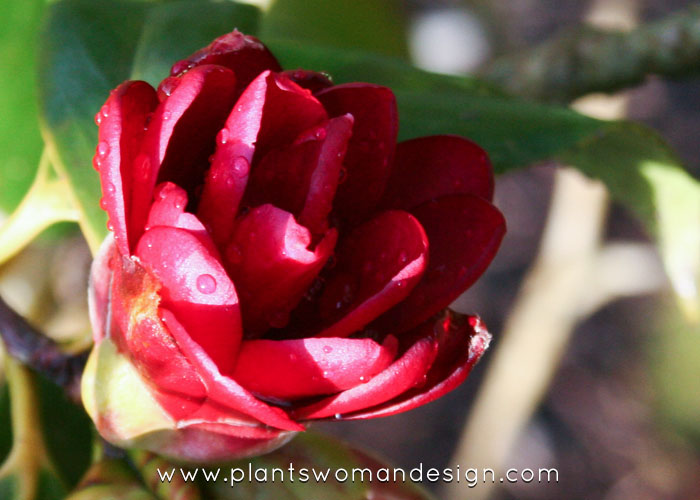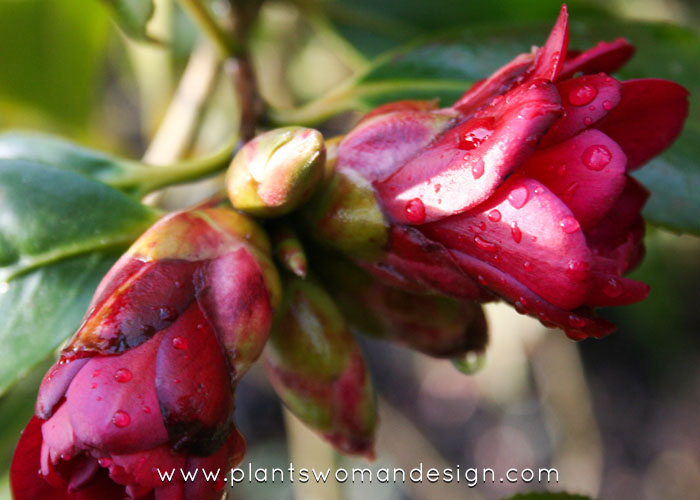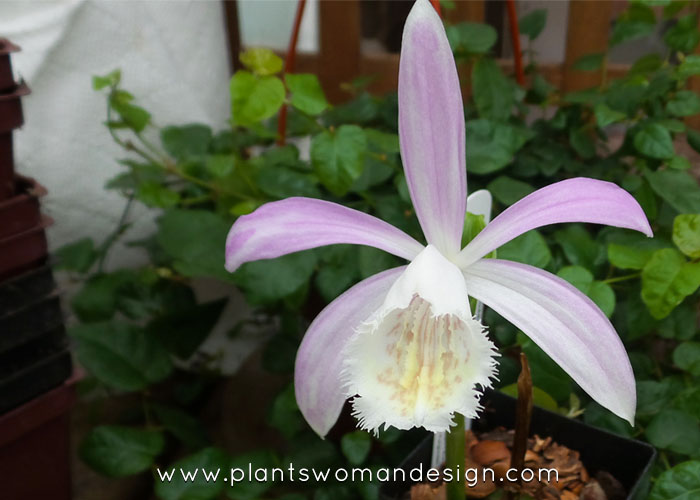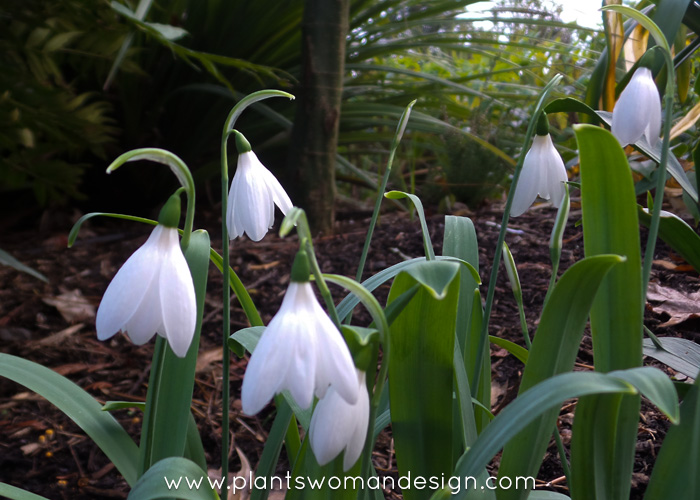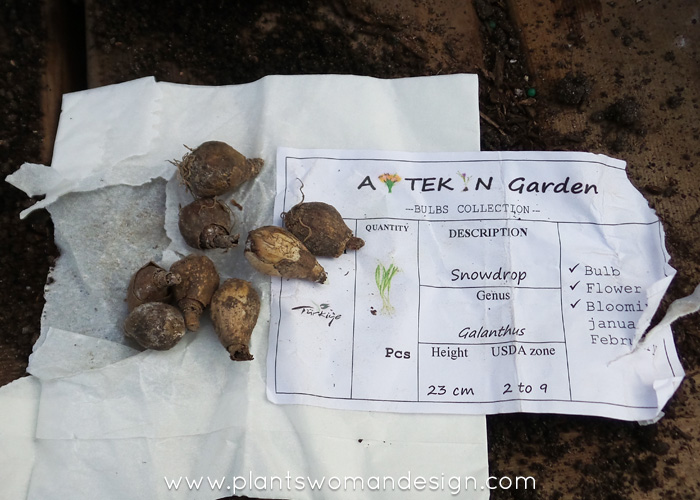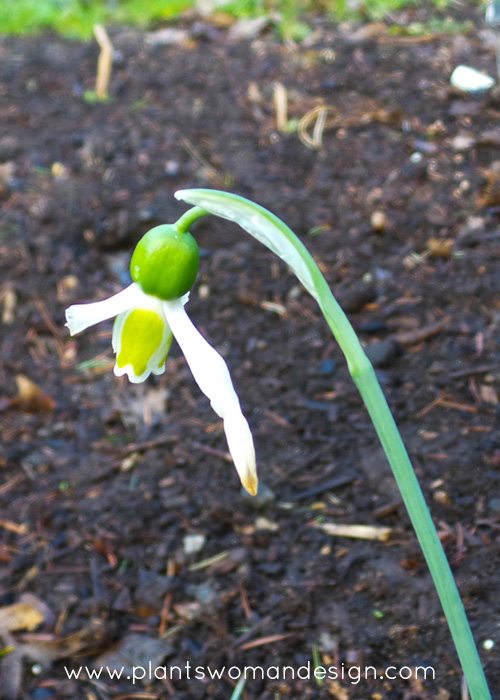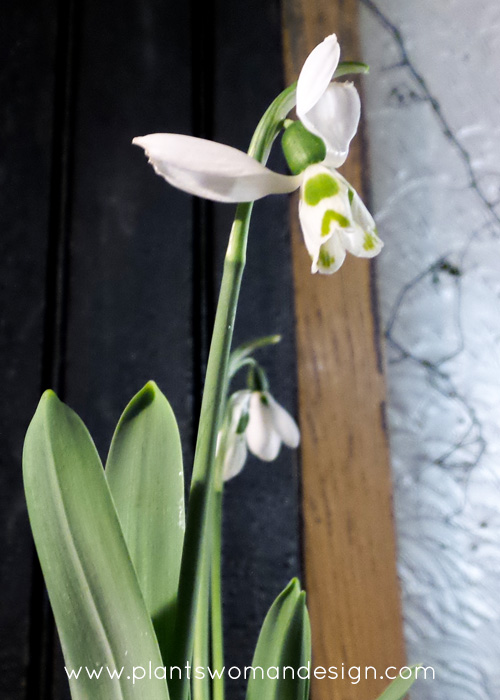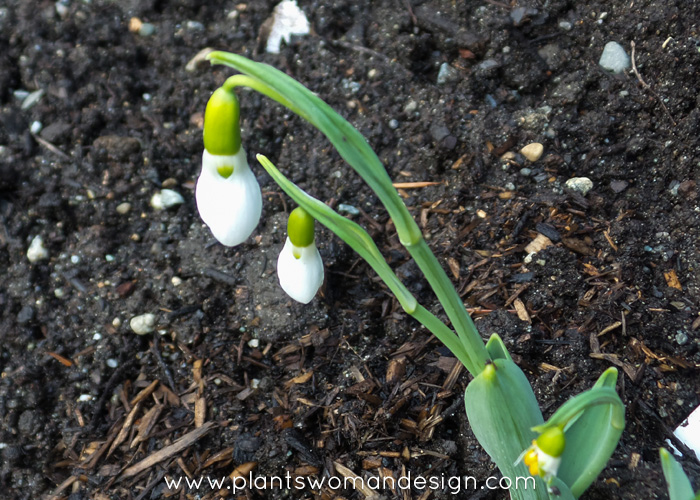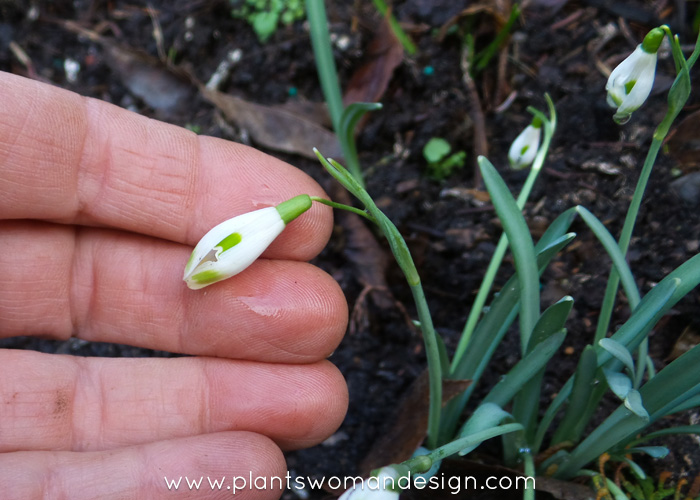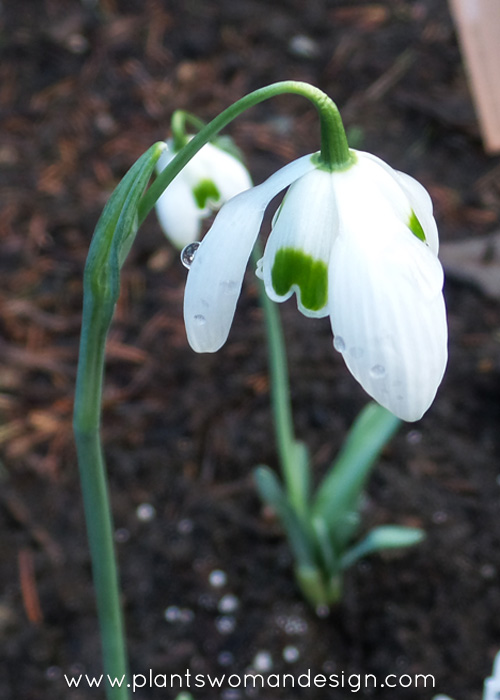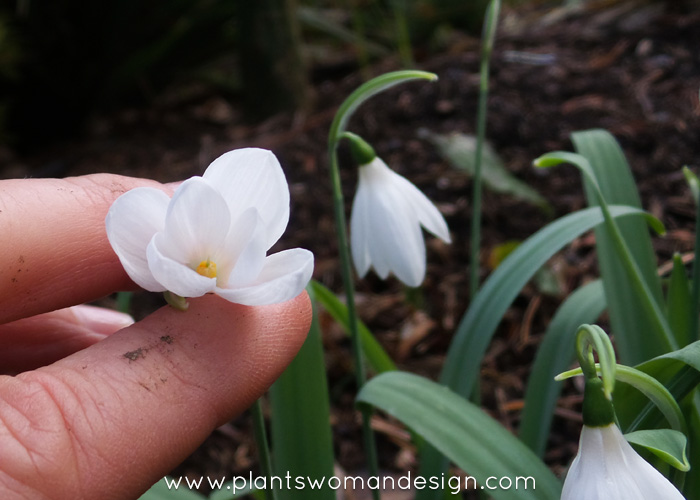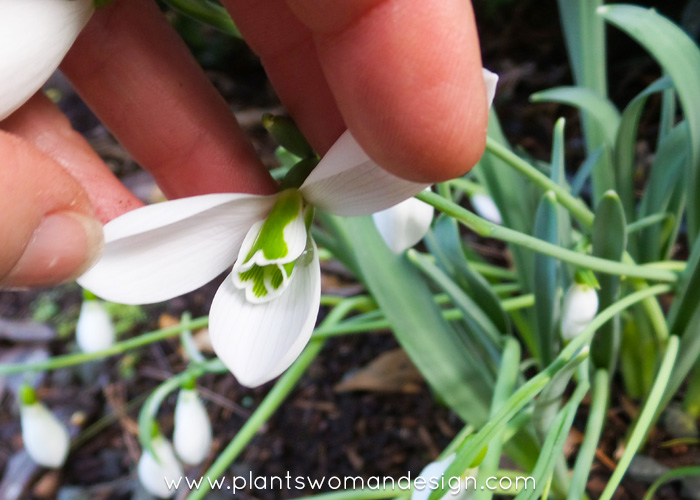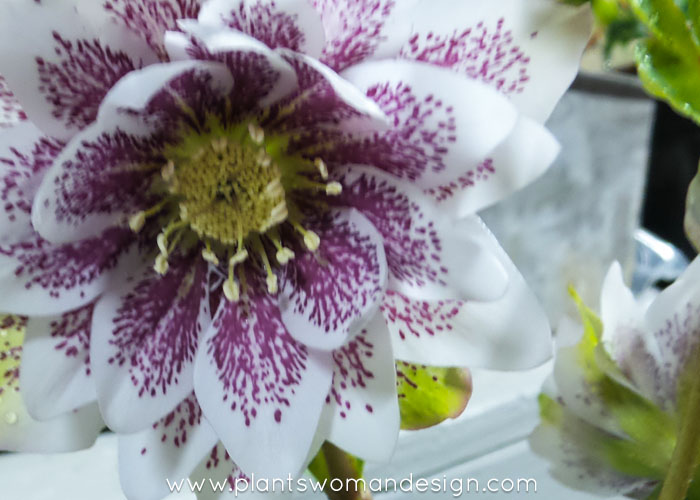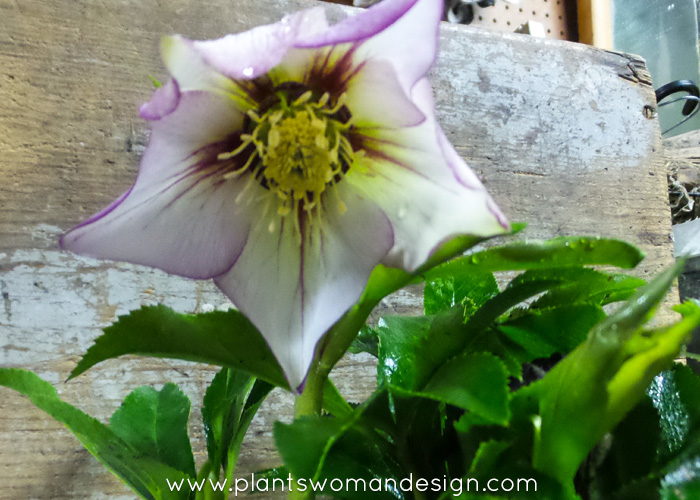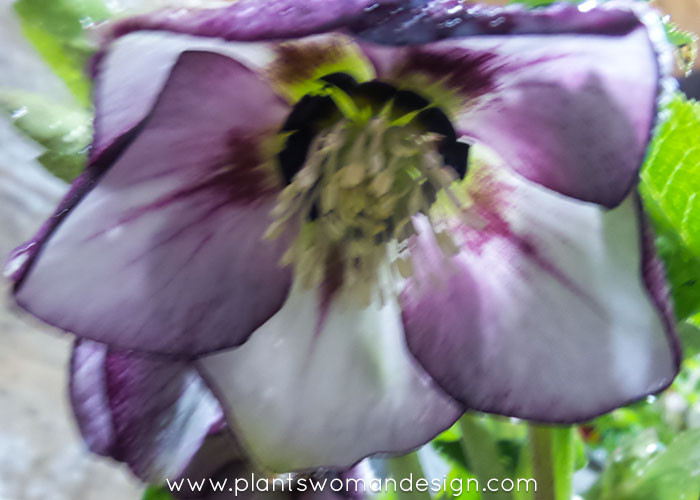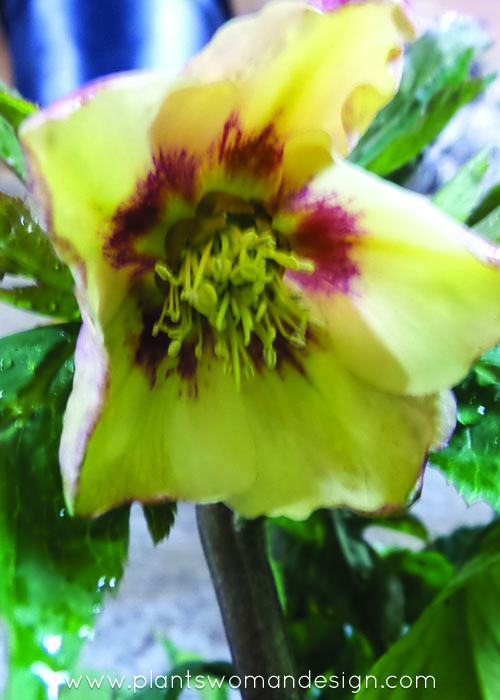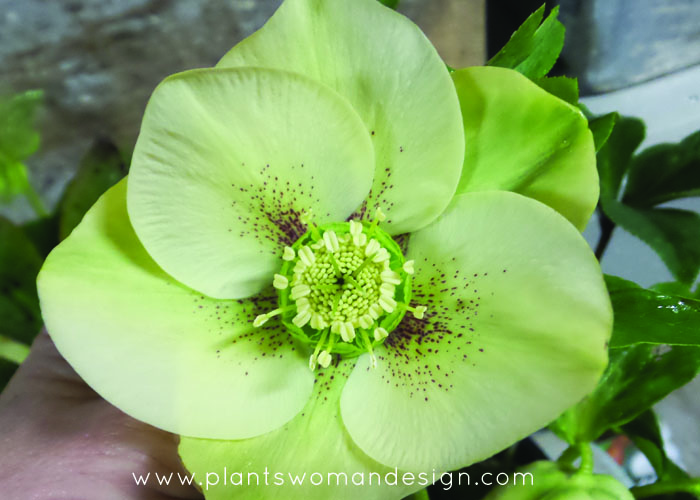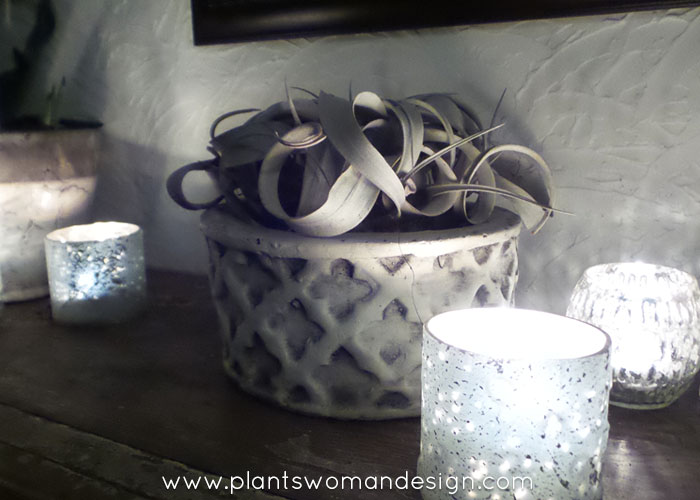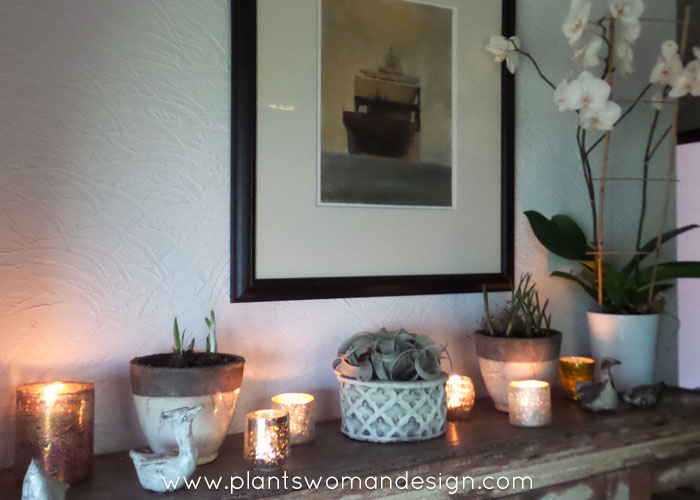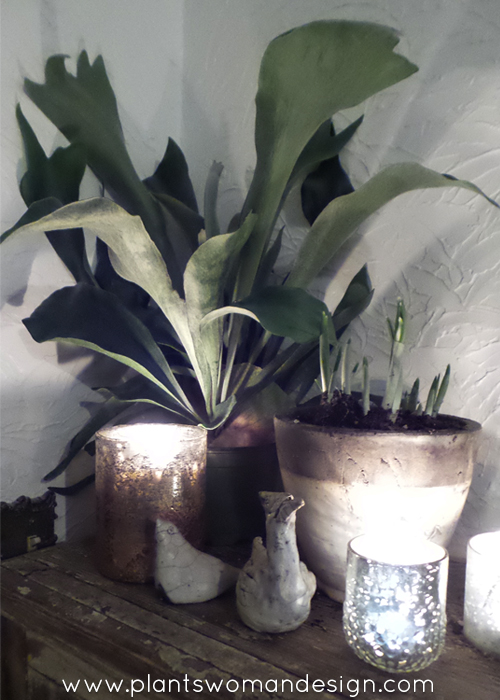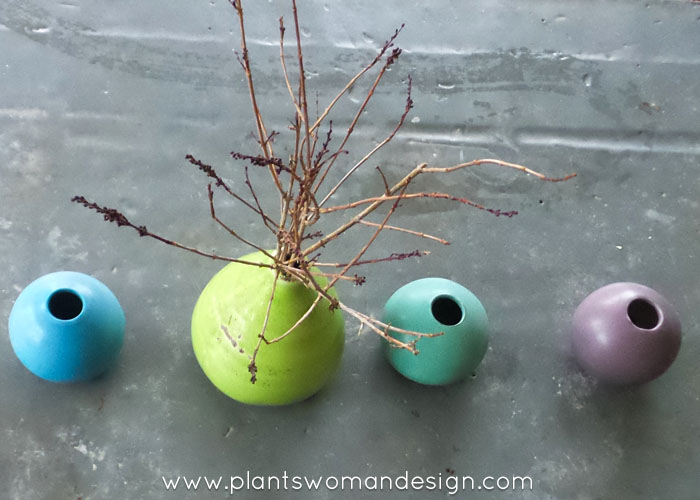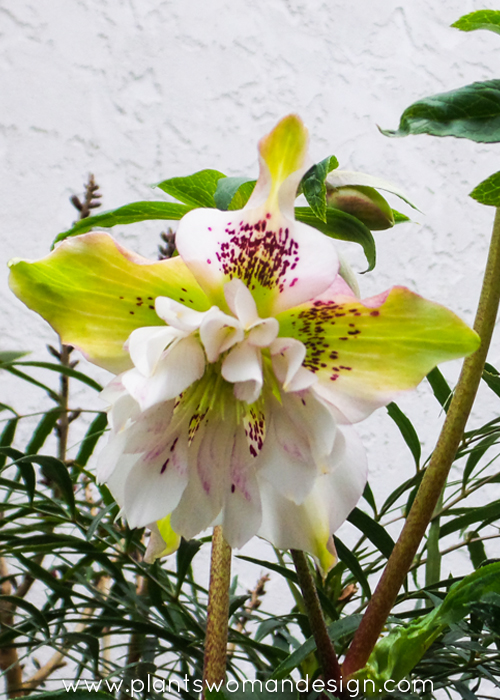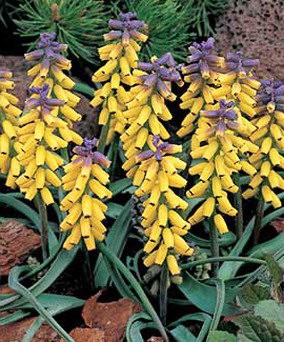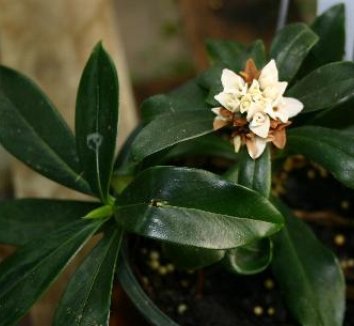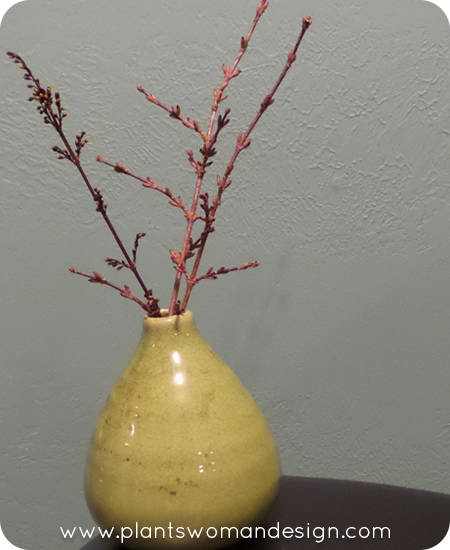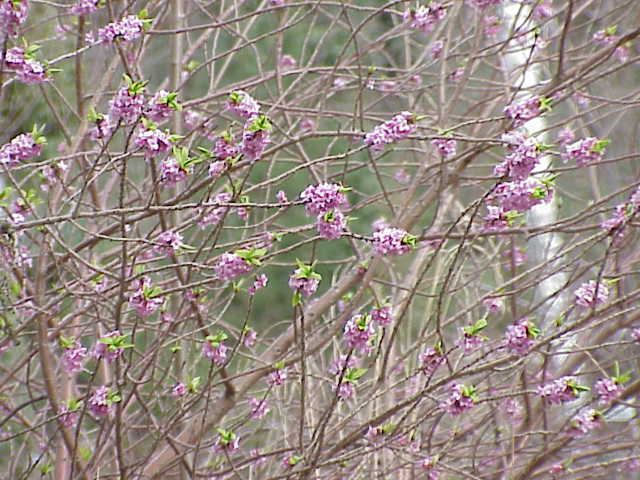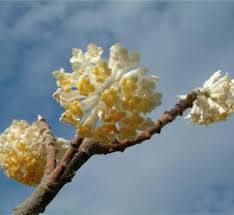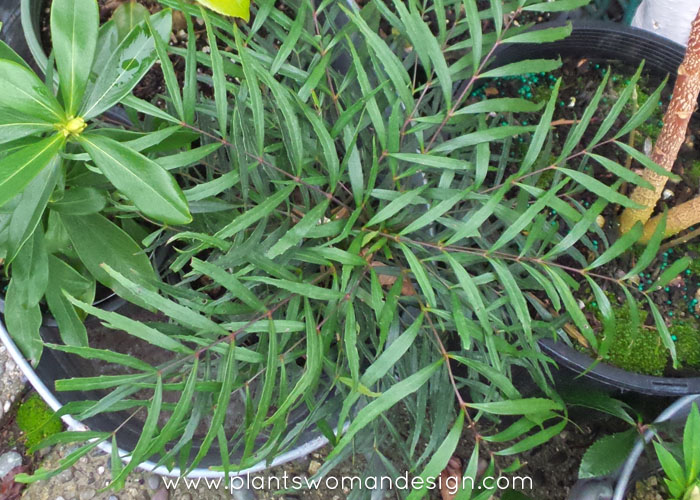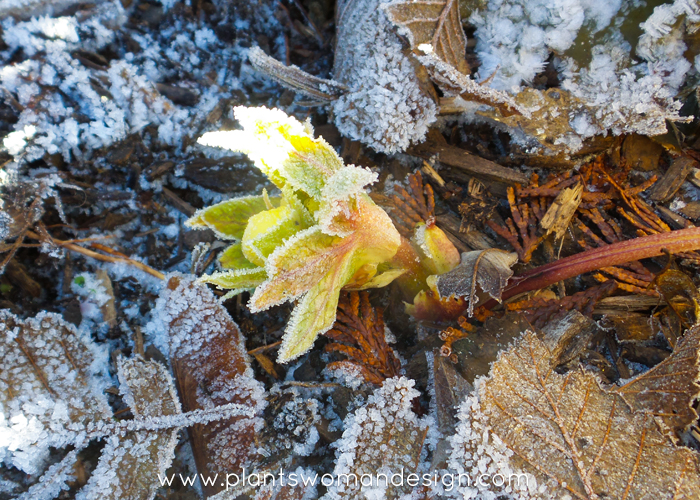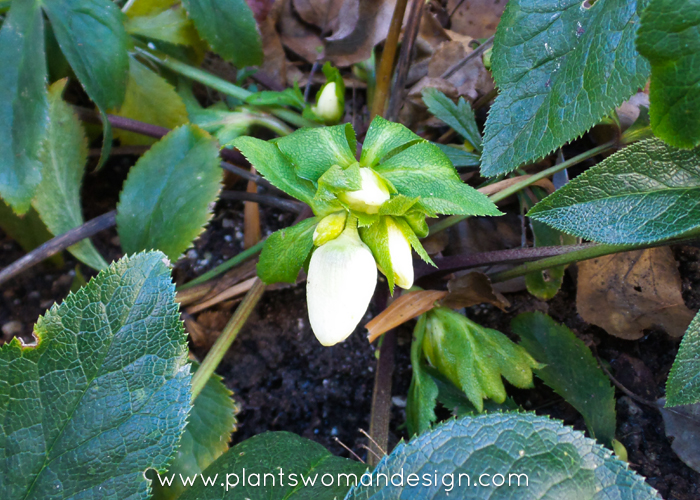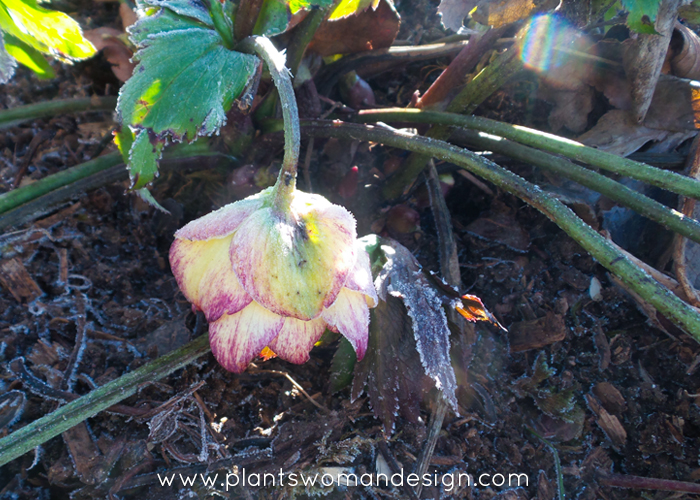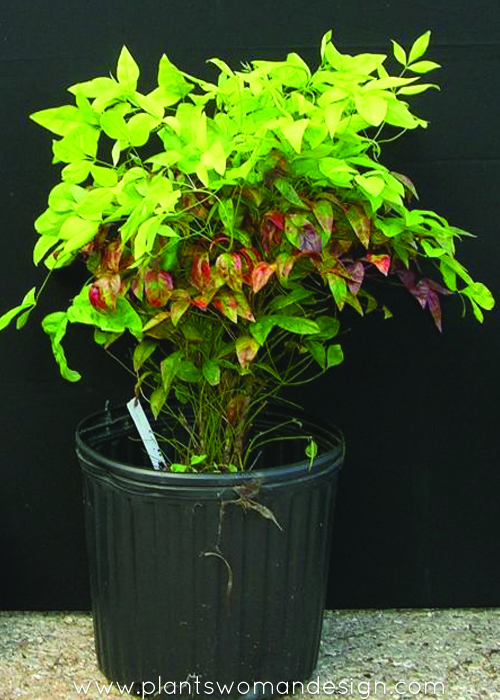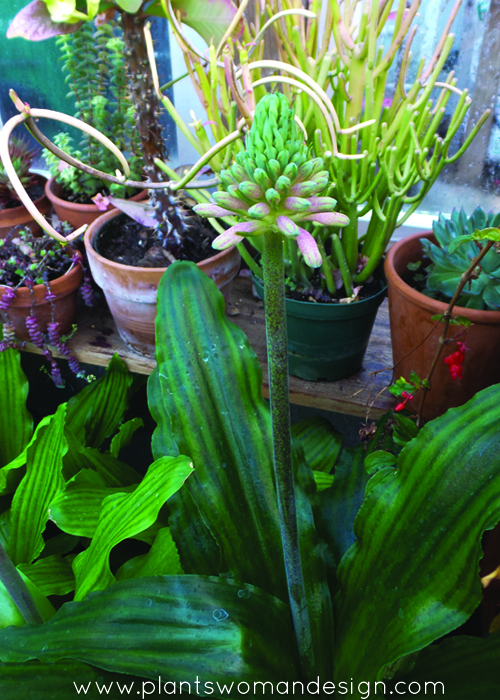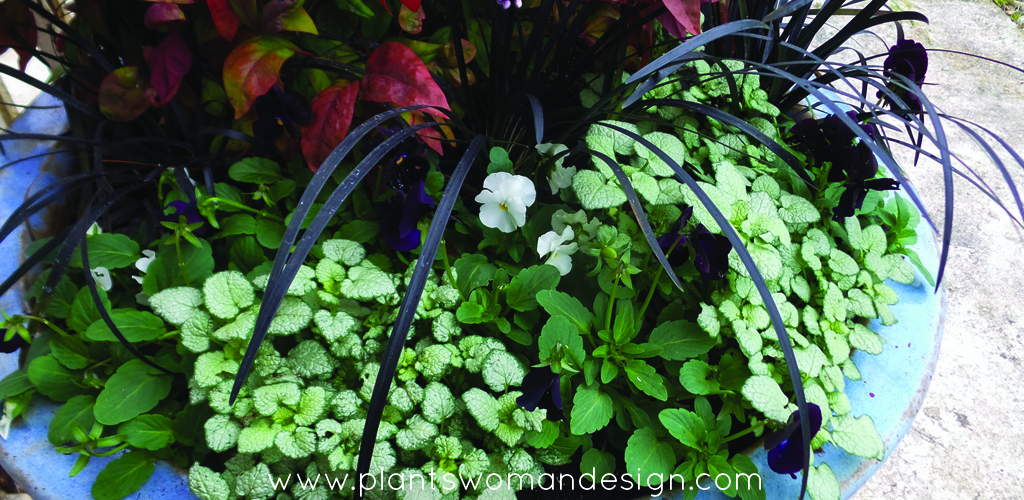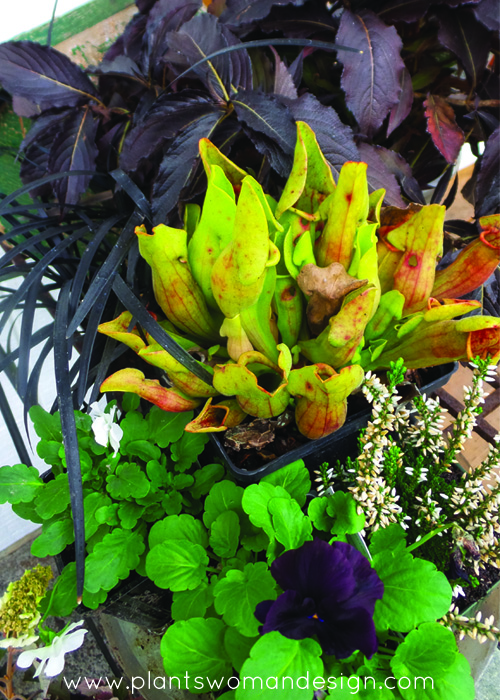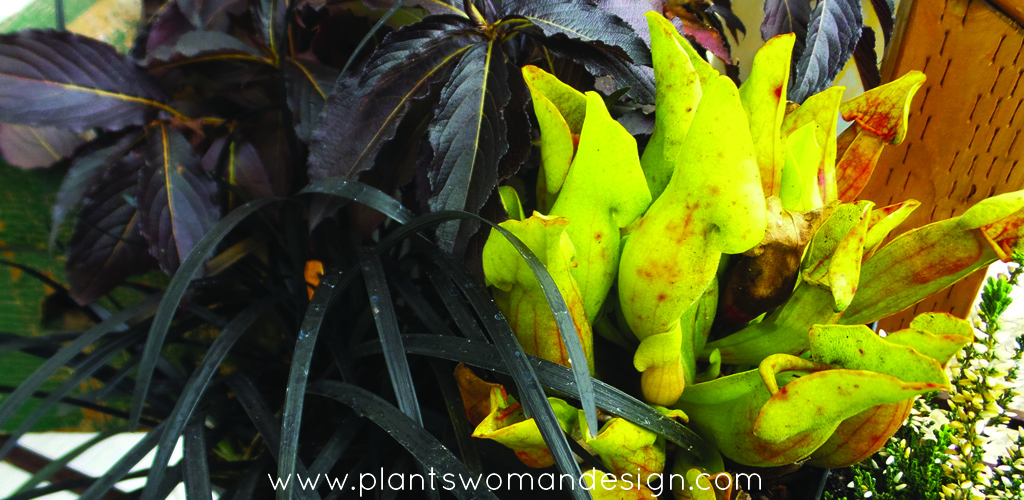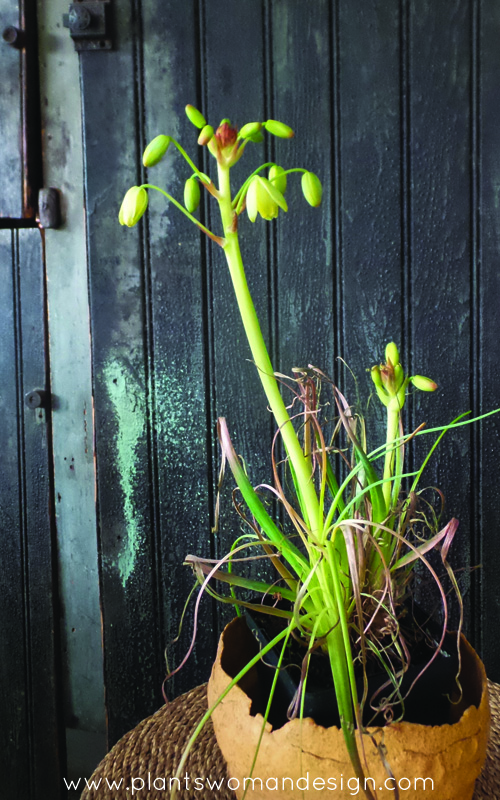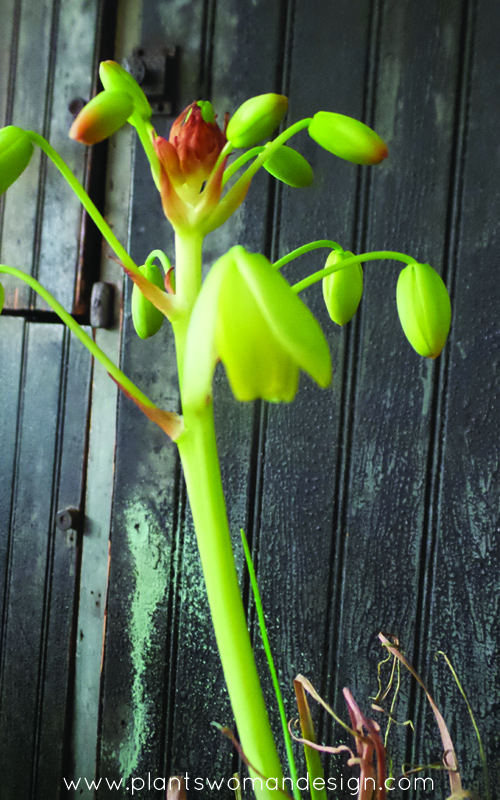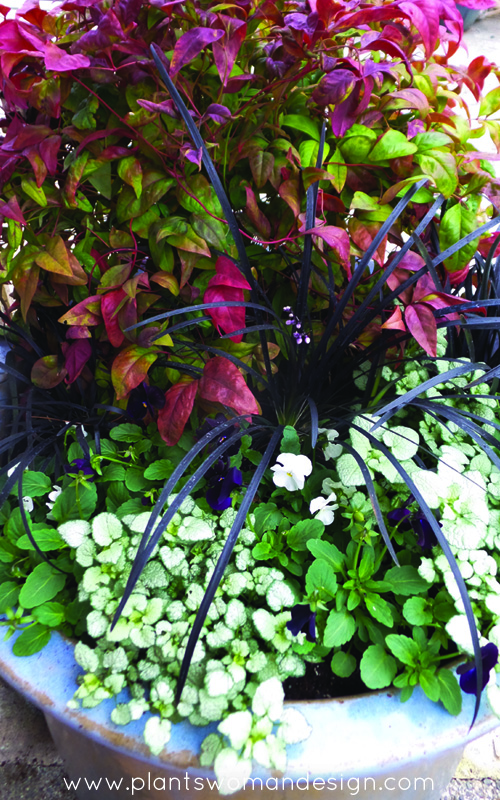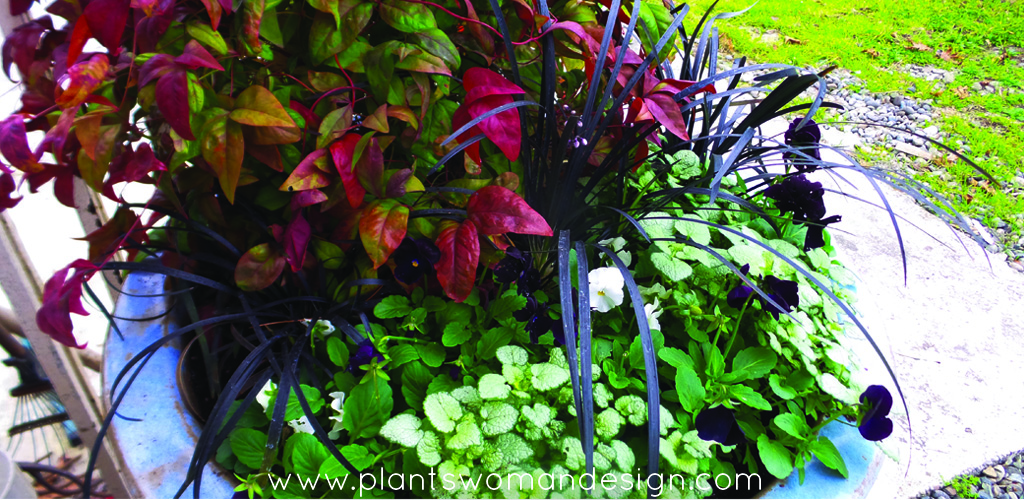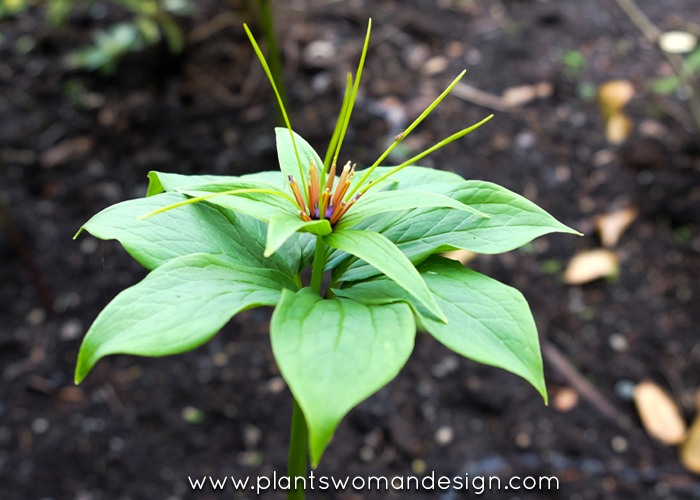
Plants I Dig: Rare Plant Trials
Most of you know I like a challenge. Whether it is growing something that many people can’t, killing something many people don’t, or knowing a plant that someone sends me a photo of. Rare plants can be a challenge. While I love the happy prolific plants in my garden I really love the difficult ones. Maybe because I’m difficult? Perhaps…
I’m also impatient. I stress about a plant that I think I’ve lost in the garden. I search and can’t find it where it is supposed to be. Then I make a call, click a button, or go on a hunt and there is another one to replant. Most of the replanting is followed by ‘Oh there it is’. Now I have two, or three (it is good to plant in sweeps).
This lovely Paris is a Heronswood form (Paris polyphylla ‘Heronswood form’) and something I’ve lusted after for a while. I purchased one several years ago and lost it in the garden. Last year I purchased one from the Heronswood sale, and planted it close to the house. This year I searched for evidence of the plant still there. It is in a spot that tends to get animal activity (dog, cat, bird, rabbit) and although fenced off I felt I lost it. Off I go last week and grab another at Windcliff plant sale. This one (number three) I decided to plant up in the shade garden next to the upper pond. Maybe it would fare better there and be out of danger of being trampled. I grabbed a couple of coleus to fill in the spot where my other lovely plant should be and low and behold there is the leaf pushing out of the ground. It is definitely there just a tad slower to show up. Looking on the bright side, now I can experiment with site placement to see which place is better. Hardy to zone 5 with average soil, regular water and bright shade it should be easy to experiment with. The green flowers are amazing!
Exotic and mysterious is the Roscoea cautleyoides. It is from a ginger family Zingiberaceae. It looks very orchid like to me and grows well under the apple tree with the Paris and a Dactylorhiza maculata. This one is blooming early and happily next to the slow Paris. The lovely yellow blooms are brilliant in this little shady spot and, unlike most Gingers, it likes part sun/part shade. It gets a good blast of sun in the afternoon. It does like to be moist and is surprisingly hardy to zone 6a.
Out of all the things that are blooming in my garden I can’t get over the orchids. Again and again they scream for my attention. Not that they are big and loud, they simply have a quiet mystery that calls.
Dactylorhiza maculata is also surprisingly easy to grow. The upright cluster of purple orchid flowers is held above wonderful spotted leaves. It loves moist ground and will grown in shaded spots or even full sun with good moisture. This one came from Cistus Nursery two years ago and is increasing in this bed. I will probably experiment with site placement in the fall and move some of it up to the stream side upper pond.
Tempted into a little more difficult orchid, the Epipaticus sabine fit the spot. Even though it is touted by Kelly at Far Reaches to be easy to grow, I was worried. But as you can see it is happy in the garden by the upper pond. There are several stalks of lovely orange red flowers. It does like moist rich soil and a partly shady spot. Hardy to Zone 5 with promise of multiplying well I’m excited to see how it does going forward.
Some gardeners have a hard time spending a lot of money on just one plant. Even though I have lots of room for ‘test’ garden and most of my experiments have benefits for my clients, I am also cautious about spending too much on individual plants. Knowing I can succeed with specific cultivars boosts my confidence in growing more of the same. But I like to be sure they are not on my ‘I killed that’ list before investing more time, money and garden space. I encourage you to try just one or two things out of your comfort zone this year. Here is the plant combination that I used. Try one, try them all, I’d love to see what you come up with!


